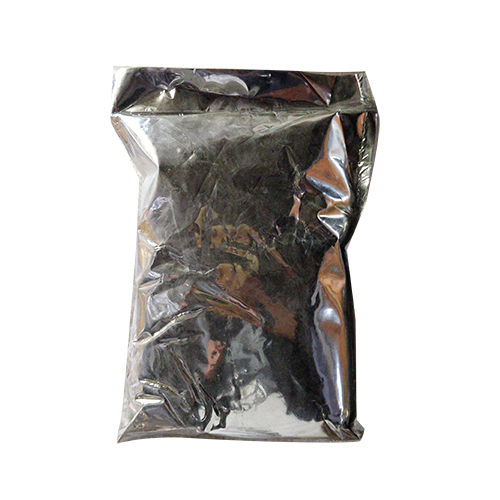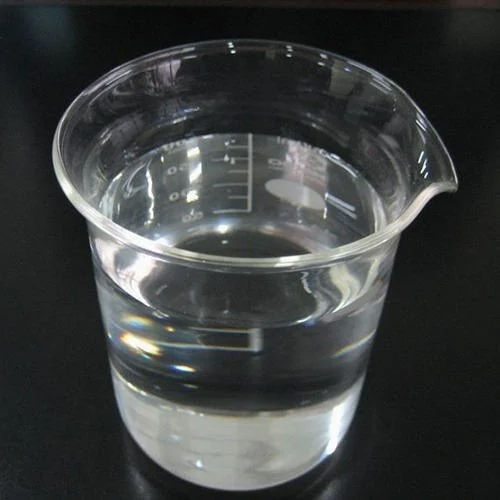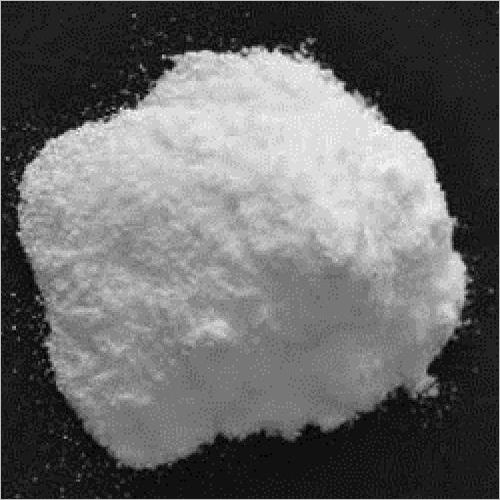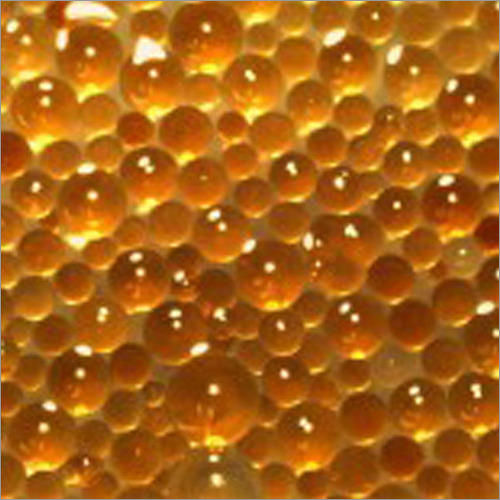Bio Culture
350 INR/Kilograms
Product Details:
- Chemical Name Other
- Physical Form Liquid
- Grade Agriculture Grade
- Purity(%) 100
- Type Other
- Application Irrigation Water Treatment Civil Sanitation Recycling Water Treatment
- Click to View more
X
Bio Culture Price and Quantity
- 100 Kilograms
- 350 INR/Kilograms
Bio Culture Specifications
- Liquid
- Other
- 100
- Irrigation Water Treatment Civil Sanitation Recycling Water Treatment
- Agriculture Grade
- Other
Bio Culture Trade Information
- Vadodara
- Cash Advance (CA) Cash in Advance (CID) Cheque
- 500 Kilograms Per Month
- 5 Days
- Contact us for information regarding our sample policy
- Pouch & Drum
- Asia Australia Central America North America South America Eastern Europe Western Europe Middle East Africa
- All India Rajasthan Uttar Pradesh West Bengal Gujarat Bihar Pondicherry Nagaland Madhya Pradesh Central India Andaman and Nicobar Islands East India Manipur Assam Tamil Nadu Karnataka Meghalaya Mizoram Lakshadweep Andhra Pradesh Odisha Uttarakhand North India South India West India Delhi Himachal Pradesh Daman and Diu Dadra and Nagar Haveli Sikkim Chandigarh Maharashtra Arunachal Pradesh Chhattisgarh Jammu and Kashmir Jharkhand Haryana Punjab Tripura Telangana Goa Kerala
- MSME AN ISO Certifed Compney
Product Description
Bio-culture plays a significant role in wastewater treatment processes, particularly in biological treatment methods. These methods utilize microorganisms to break down organic matter and remove pollutants from wastewater. Here, I'll provide an overview of bio-culture's role in wastewater treatment and some commonly used biological treatment processes.
Role of Bio-Culture in Wastewater Treatment:
Bio-culture refers to the community of microorganisms, including bacteria, archaea, fungi, and other microbes, that are cultivated and maintained in wastewater treatment systems. These microorganisms are responsible for the biodegradation and transformation of organic and inorganic pollutants present in wastewater. They convert complex organic compounds into simpler forms and minerals, reducing the pollutants to a level that is less harmful to the environment.
Common Biological Treatment Processes and Bio-Cultures:
1. Activated Sludge Process: This is one of the most common biological treatment methods. In this process, wastewater is mixed with a suspended mass of microorganisms (the activated sludge) in an aeration tank. The microorganisms consume the organic matter in the wastewater as their food source. The treated wastewater is then separated from the activated sludge, which can be recirculated back to the aeration tank. The composition and health of the activated sludge bio-culture are critical for efficient treatment.
2. Trickling Filters: In this process, wastewater is allowed to trickle or flow over a medium (such as rock or plastic media) that is coated with biofilm containing microorganisms. The microorganisms in the biofilm remove pollutants from the wastewater as it passes over them.
3. Rotating Biological Contactors (RBCs): RBCs consist of rotating discs or drums partially submerged in wastewater. Microorganisms grow on these rotating media and come into contact with the wastewater, facilitating the removal of pollutants through biological processes.
4. Sequencing Batch Reactors (SBRs): SBRs are a type of activated sludge process where different treatment phases (fill, react, settle, decant) occur sequentially in a single tank. This allows for greater control over the bio-culture's environment and treatment processes.
5. Anaerobic Digestion: In anaerobic digestion, microorganisms break down organic matter in the absence of oxygen, producing biogas (methane and carbon dioxide) as a byproduct. This process is commonly used for treating sludge generated from wastewater treatment plants.
To maintain a healthy and efficient bio-culture in these processes, operators need to carefully manage factors such as nutrient balance, dissolved oxygen levels, temperature, pH, and hydraulic retention time. Regular monitoring and adjustment of these parameters are essential to ensure optimal microbial activity and pollutant removal efficiency.
In summary, bio-culture forms the backbone of various biological wastewater treatment processes. The diverse and dynamic communities of microorganisms work together to break down pollutants, making these methods environmentally sustainable and effective in treating wastewater before it is released back into natural water bodies.
Some features of adopting bio-culture:
Adopting bio-culture in wastewater treatment offers several advantages and features that make it an effective and sustainable approach. Here are some key features of adopting bio-culture in wastewater treatment:
1. Environmental Sustainability: Bio-culture-based wastewater treatment processes are environmentally friendly, as they rely on natural processes involving microorganisms to break down pollutants. This approach reduces the need for chemical additives and minimizes the generation of harmful byproducts.
2. Cost-Effectiveness: Bio-culture-based treatment methods can be more cost-effective than some conventional treatment processes that require extensive infrastructure and chemical inputs. Once established, the bio-culture can self-sustain, requiring fewer ongoing operational costs.
3. Versatility: Bio-culture systems can adapt to a range of wastewater types and compositions. Microorganisms have the ability to degrade a wide variety of organic and inorganic pollutants, making bio-culture-based processes suitable for treating diverse industrial, municipal, and agricultural wastewaters.
4. Reduction in Sludge Generation: Certain bio-culture-based processes, like anaerobic digestion, can significantly reduce the volume of sludge generated during wastewater treatment. This is beneficial as it reduces the need for sludge disposal and associated costs.
5. Biogas Production: Some bio-culture processes, especially anaerobic digestion, produce biogas as a valuable byproduct. Biogas, primarily composed of methane, can be collected and used as an energy source for heat and electricity generation, further enhancing the sustainability of the treatment process.
6. Minimal Chemical Usage: Bio-culture systems generally rely less on chemical additives compared to some traditional treatment methods. This reduces the environmental impact of treatment and the potential for chemical residue in the treated water.
7. Natural Decomposition: Bio-culture-based processes mimic and accelerate natural decomposition processes. This can lead to improved treatment efficiency and water quality, producing effluent that is closer to natural water conditions.
8. Reduction of Nutrient Load: Certain bio-culture systems, such as enhanced nutrient removal in activated sludge processes, can effectively reduce nutrient concentrations (nitrogen and phosphorus) in treated effluent, addressing eutrophication concerns in receiving water bodies.
9. Scalability: Bio-culture systems can be designed and scaled according to the specific needs and capacities of different facilities. They can be implemented on a small scale for decentralized treatment or on a large scale for municipal or industrial applications.
10. Compliance with Regulations: Many bio-culture-based treatment methods align with regulatory requirements for wastewater quality standards. Implementing these processes can help wastewater treatment plants meet effluent discharge standards more easily.
11. Natural Resilience: Bio-cultures are dynamic and adaptable microbial communities. This inherent resilience allows them to recover from certain disruptions and variations in wastewater characteristics, maintaining treatment performance over time.
12. Education and Public Perception: Bio-culture systems can serve as educational tools to raise awareness about wastewater treatment and environmental stewardship. Public perception of eco-friendly treatment methods can also improve community support for wastewater infrastructure projects.
Tell us about your requirement

Price:
Quantity
Select Unit
- 50
- 100
- 200
- 250
- 500
- 1000+
Additional detail
Mobile number
Email










